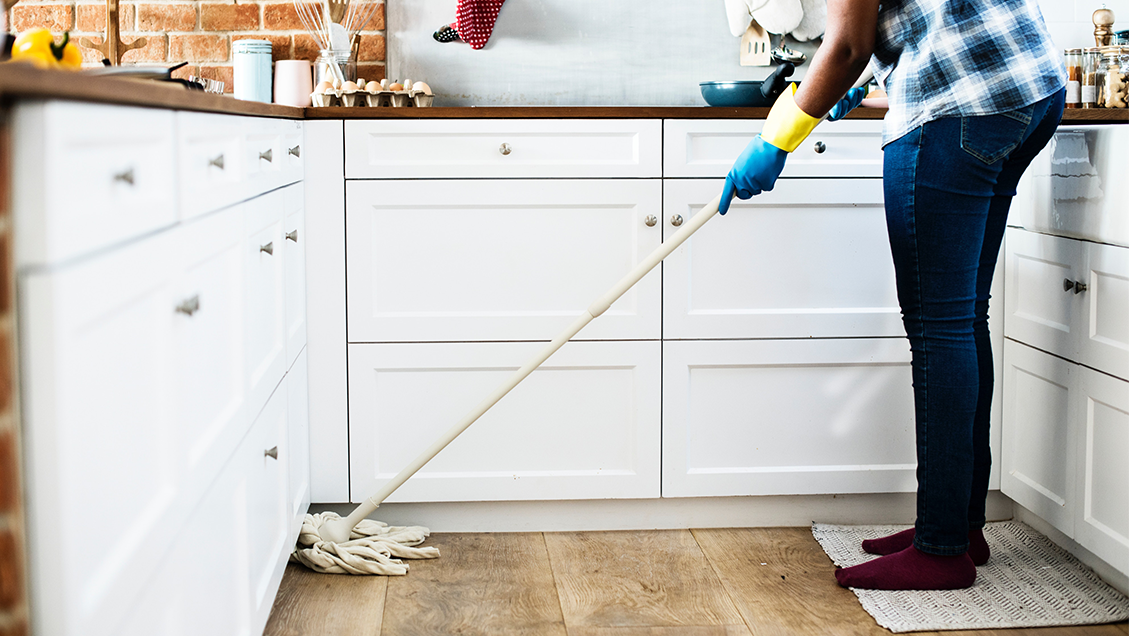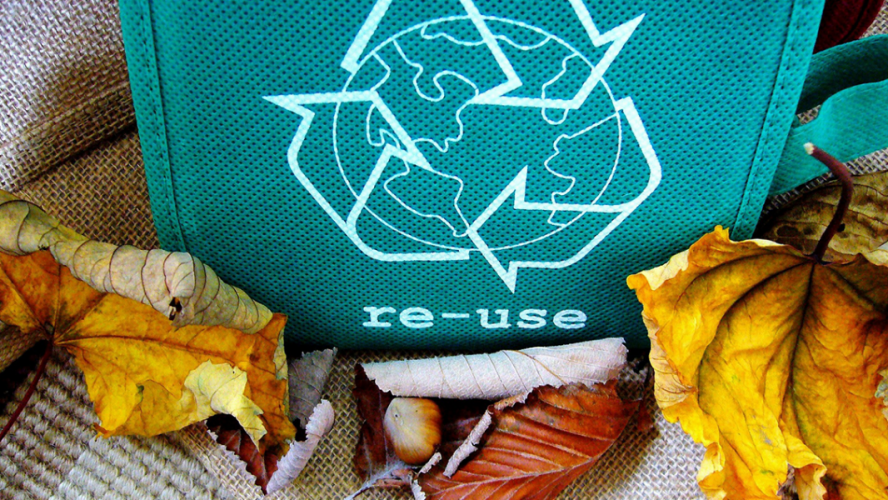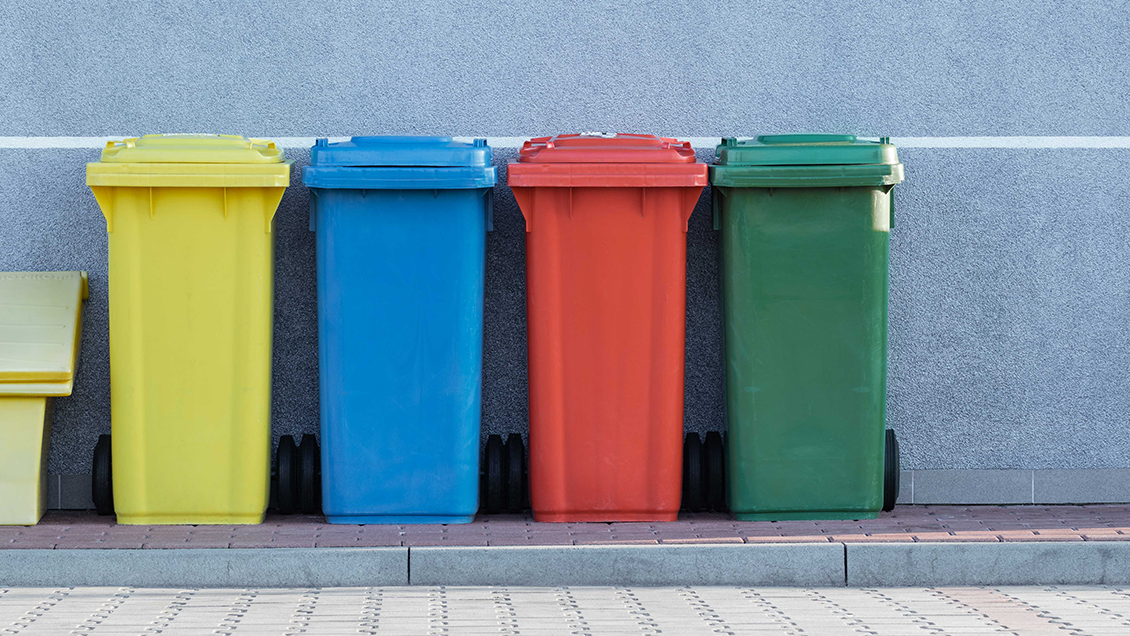Over a long weekend, I found myself living my super exciting life – helping a friend deep clean her house. Deep cleaning for us means ceilings, fans, walls, dusting, fridge ke peeche, bed ke neeche, and sorting out all the rubbish we may have accumulated since the last deep cleaning rave we held.
[caption id="attachment_10704" align="alignnone" width="1130"] Partaaayyy![/caption]
Partaaayyy![/caption]
To no one’s surprise, by the end, we had a full dustbin, and an even fuller pile of all the boxes and containers she’d accumulated. And as she was about to take them all to the society dumpster, I realized – it’s about time we woke up and smelt the garbage, don’t you think?
For beginners on the eco-friendly train, waste disposal can seem like a make or break destination. I know… it’s a far more involved process than rethinking fashion priorities and replacing your plastic bags with jholas. And with the waste disposal resources available in India (and lack thereof) it can seem like a thankless enterprise to take up.
But I’m here to tell you – after having helped my friend find a local kabadi guy to give away her boxes to – it doesn’t have to be as complicated as your intense Google search and E.V.S. textbooks made you believe. With that in mind, you can start on your disposing journey with this list of non-disposable tips. That’s the last time we’ll overuse the word, we swear!
Get Less, Get Recycled, and Get to Reusing
The crucial beginning of changing how waste is disposed off at home – is to change what waste is brought into the home. I’ve broken down this process into three simple steps.
First, try and buy fewer items that you know will contribute to the overall waste levels in your home. This basically means fewer impulse purchases and online shopping sprees so that you only bring waste into your home that you absolutely cannot avoid.
The next step is to start looking for products and packaging that use recycled materials. As we’ve mentioned before on this blog, the environmental impact of a material mostly depends on how you choose to use it rather than what it is. And recycled materials are the ones that are being used over and over again so as to not impact the environment.

And finally, start actually recycling. I understand if you don’t have the time to pulp down your cardboard boxes and make mats out of them or something like that. Really, who does? But you can simply reuse and recycle things like plastic bags, boxes, cardboards etc. for everything from storage to art projects.
Segregate and Recycle
Now this is the crucial first step in the process of modern waste management and disposal. Incidentally, it’s also the step over which you have the most control as a regular human living in India.
The very first step in segregation can simply be dividing your waste so all the “hard” waste – like cardboards, hard plastic containers, thermocol, etc. – can be kept separately and given away to your local kabadi man for recycling and reusing. As me and my cleaning buddy discovered – you’d be surprised at how the amount of waste you generate can go down with this simple step.
Don’t sit back and relax though.
And segregate some more…
To really start doing this properly, you need to go a step further than just calling up the kabadiwala. Start by dividing your waste into two sections – bio-degradable and non-bio-degradable.
[caption id="attachment_10706" align="alignnone" width="1130"] Color code them bins![/caption]
Color code them bins![/caption]
Your non-bio-degradable waste can be further segregated into plastic, glass, and hazardous. In my research into India’s landfills, I found out this is crucial for one simple reason – even if some your garbage ends up in a landfill, workers in landfills (who often tend to be children) will not have to come in contact with these hazardous or injurious pieces.
The next step would be to split your bio-degradable waste into wet/organic waste and dry waste. This means your food waste and kitchen waste gets separated from other bio-degradable materials like cloth and paper.
But even when you can give away your cardboards to the kabadi man, the larger waste disposal system in India doesn’t have a lot of provisions for separated waste. Even if you segregate your plastics from the organic, unless you’re doing more, they’re both going to end up in the same landfill once they’re out of your house. Which brings us to…
Composting
These days, composting is not just a word used in villages and farmlands. In fact, urban single household composting has become all the rage in metro cities like Mumbai, Delhi and Bengaluru.
Composting is simply a system by which you decompose organic kitchen waste to use as manure in farms, gardens, and potted plants. You can get your own easy-to-use composting kit and starting doing your bit for the environment – and your house plants – with a little bit of money and some basic changes to your life.
And if that seems like a lot of trouble, you can always look into community composting projects that are springing up in towns and cities around India, like the Temple composting projects in Vile Parle, Mumbai.
Look, I get it. When you’re already trying to get through the week with your sanity intact while you juggle all the tiny issues that life presents you with… spending time thinking about garbage can be a real bummer.
But if you’re here, and you’re already trying to make a few changes for the better, the truth is that garbage and waste disposal is one of the most effective places to start.

